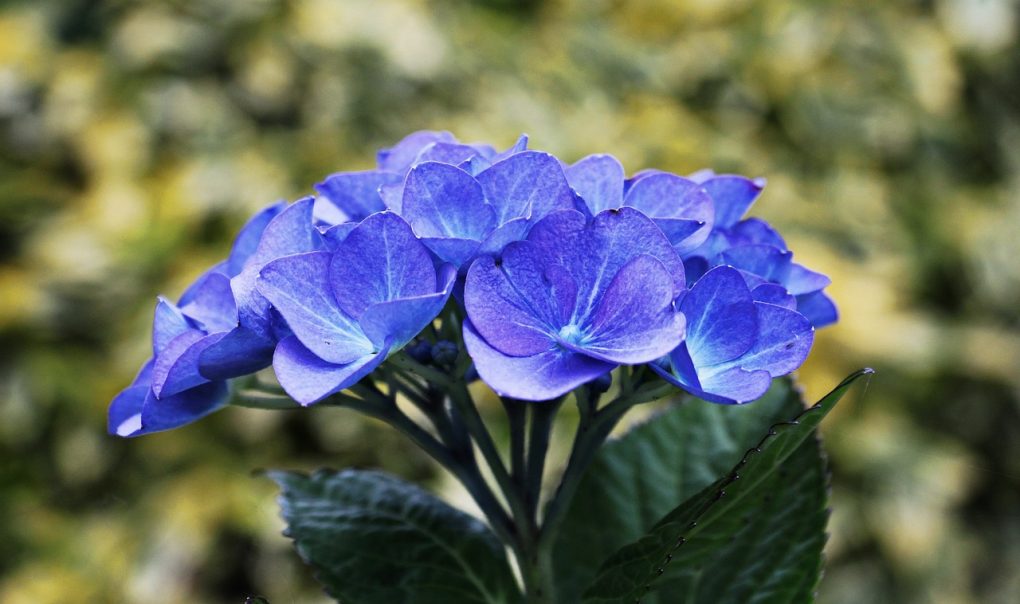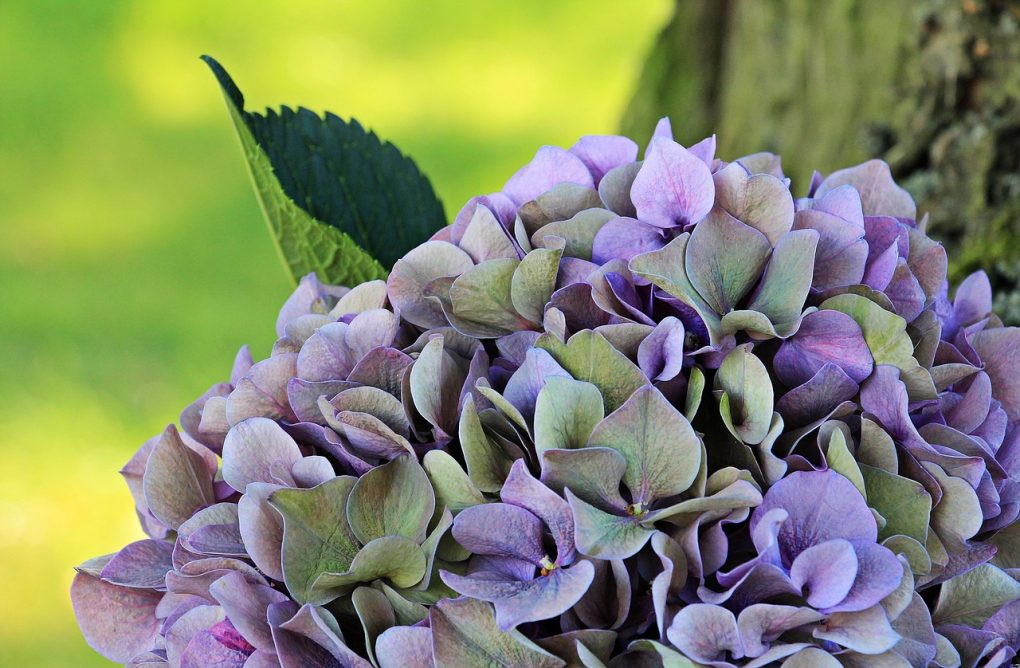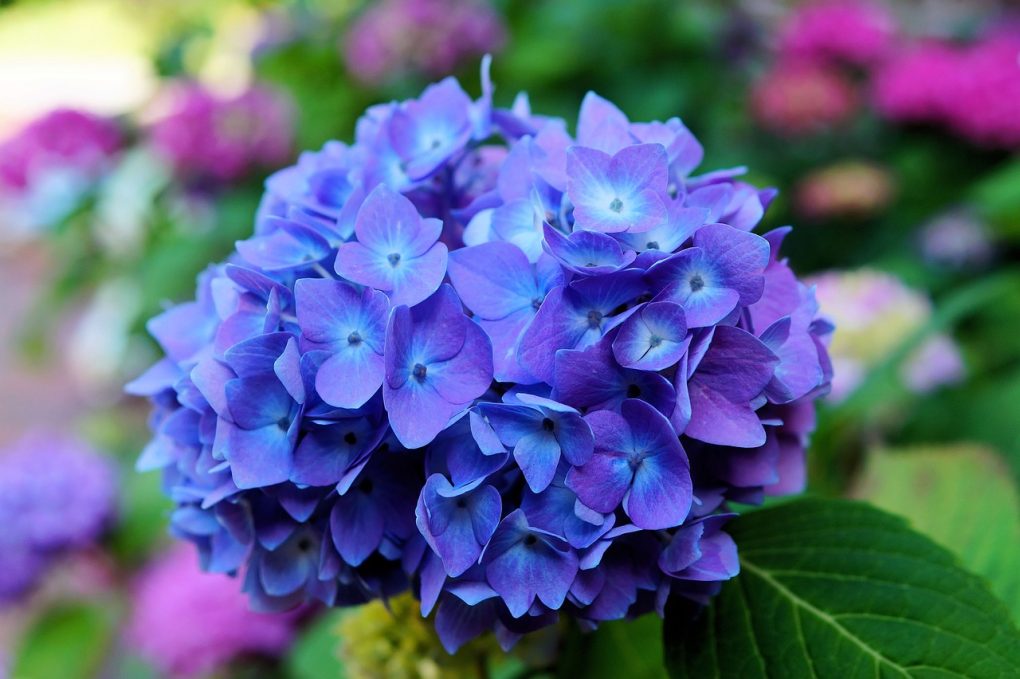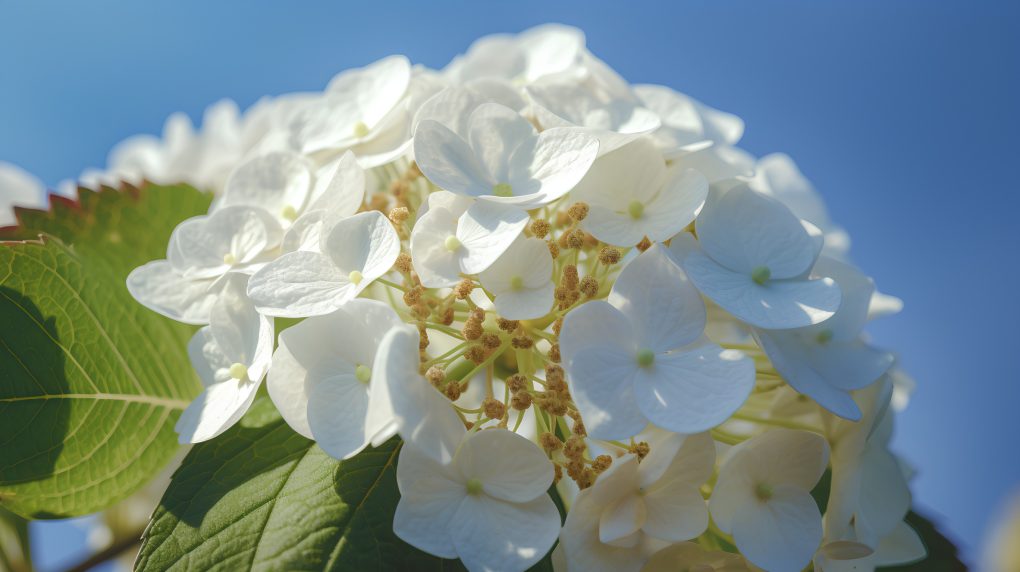Do Hydrangeas Prefer Wet Soil? Exploring the Water Needs of Hydrangeas
Hydrangeas prefer moist, well-drained soil, but are not overly wet or soggy. These beautiful flowering plants require consistent moisture to thrive but also good drainage to prevent root rot and other issues associated with overly saturated soil.

It’s essential to maintain a balance between adequate soil moisture and proper aeration to optimize hydrangea growth. Amend the planting area with organic matter such as compost or well-rotted manure to improve the soil’s water retention and drainage capacity. Be attentive to your plant’s water needs, aiming for consistent moisture levels without causing consistently soggy soil.
Table of Contents
Hydrangea Water Requirements

Hydrangeas are beautiful and popular plants that require a specific amount of water to thrive. Proper watering is essential to maintain healthy plants and to ensure that they produce beautiful flowers. Here are some important factors to consider when watering your hydrangeas:
Ideal Soil Conditions
Hydrangeas prefer moist, well-drained soil that is rich in organic matter. The soil should be kept consistently moist, but not soggy. Overly wet soil can lead to root rot and other plant diseases, so it is important to avoid overwatering.
A moisture meter is one way to ensure that your hydrangeas get the right amount of water. These devices can help you determine when it is time to water your plants and can prevent overwatering or underwatering.
Effects of Overwatering
Overwatering can be just as harmful to hydrangeas as underwatering. When the soil is too wet, the plant roots can become waterlogged and rot. This can lead to stunted growth, yellowing leaves, and ultimately, death of the plant.
If you suspect your hydrangeas are being overwatered, it is important to take action immediately. Stop watering the plant and allow the soil to dry out completely. You may also consider repotting the plant in fresh, well-draining soil.
Effects of Underwatering
Hydrangeas that are not watered enough can also suffer from various problems. When the soil is too dry, the plant can become stressed and stop producing flowers. The leaves may also turn yellow or brown and begin to wilt.
If your hydrangeas are not getting enough water, you should increase the watering frequency. Be sure to water deeply, so that the water reaches the plant’s roots. You may also want to consider adding a layer of mulch around the base of the plant to help retain moisture in the soil.
How to Test Soil Moisture

Testing soil moisture is essential in ensuring that your hydrangeas are getting the right amount of water. Here are some methods to test soil moisture:
- Finger Test: Stick your finger about one inch into the soil near the plant. If the soil feels dry, it’s time to water. If it feels wet, wait a day or two before testing again.
- Screwdriver Test: Use a screwdriver to make a hole in the soil near the plant. The soil is moist enough if the screwdriver goes in easily and the soil sticks to it. The soil is too dry if the screwdriver is difficult to push in.
- Moisture Meter: A moisture meter is a tool that measures the moisture level in the soil. Simply insert the probe into the soil and read the moisture level on the meter’s display.
It’s important to note that different types of hydrangeas have different moisture needs. For example, hydrangeas that bloom on old wood, like mophead hydrangeas, need more consistent moisture than those that bloom on new wood, like panicle hydrangeas. Additionally, temperature, humidity, and sun exposure can affect how quickly the soil dries out.
Regularly testing soil moisture and adjusting watering accordingly can help ensure that your hydrangeas thrive and produce beautiful blooms.
Watering Techniques for Hydrangeas
Hydrangeas are beautiful and delicate plants that require proper watering techniques to thrive. This section will discuss the best watering techniques for hydrangeas, including watering frequency, methods, and the best time to water.
Watering Frequency
Hydrangeas need consistent moisture throughout the growing season. During the hot summer months, they may require more frequent watering. However, it is important not to overwater, as this can lead to root rot and other issues. A good rule of thumb is to water deeply one to two times per week, depending on the weather and soil conditions.
Watering Methods
When it comes to watering hydrangeas, there are a few different methods you can use. One effective method is to use a soaker hose or drip irrigation system. This allows the water to slowly seep into the soil, reaching the roots without washing away the soil or damaging the plant. Another option is to use a watering can or hose, being careful to water around the base of the plant and avoid getting water on the leaves or flowers.
Best Time to Water
The best time to water hydrangeas is in the morning or early evening when the weather is cooler and the sun is not as strong. This helps to reduce evaporation and allows the water to soak into the soil more effectively. Avoid watering in the middle of the day when the sun is at its strongest, as this can cause the water to evaporate quickly and may damage the leaves and flowers.
Following these watering techniques can help your hydrangeas thrive and enjoy their beautiful blooms all season long.
Other Factors Affecting Hydrangea Growth

While soil moisture is essential in hydrangea growth, other factors can affect the plant’s health and development. Here are some of the other factors to consider:
Temperature
Hydrangeas grow best in mild temperatures and can be sensitive to extreme heat or cold. The plant’s growth may slow down or stop entirely if temperatures drop too low. Similarly, the plant may wilt and become stressed if temperatures get too high. Therefore, it’s important to choose hydrangea varieties that are well-suited to your climate and to provide protection from extreme temperatures when necessary.
Humidity
Hydrangeas prefer a humid environment, but they can also tolerate drier conditions. If the air is too dry, the plant may struggle to absorb water through its leaves, leading to wilting and other problems. To increase humidity around the plant, you can mist it regularly or place a water tray nearby. If you live in a dry climate, you may want to consider growing your hydrangeas in a greenhouse or other enclosed space.
Sunlight
Hydrangeas grow best in partial shade, where they can receive some direct sunlight but are also protected from the full intensity of the sun. If the plant is exposed to too much sun, its leaves may become scorched, and its growth may slow. Similarly, if the plant is grown in deep shade, it may not receive enough sunlight to produce flowers. Therefore, finding a balance between sunlight and shade that works well for your plant is important.
